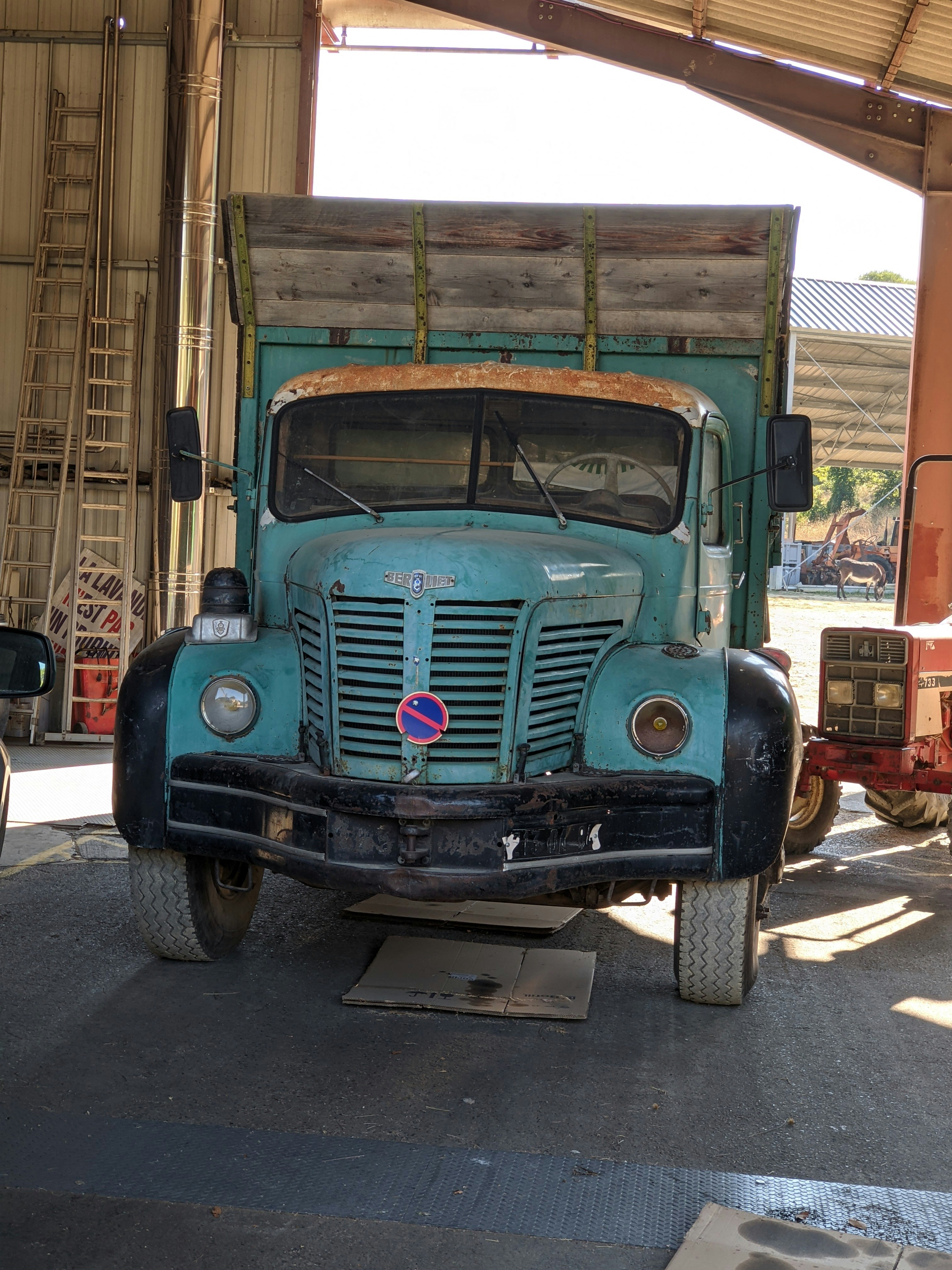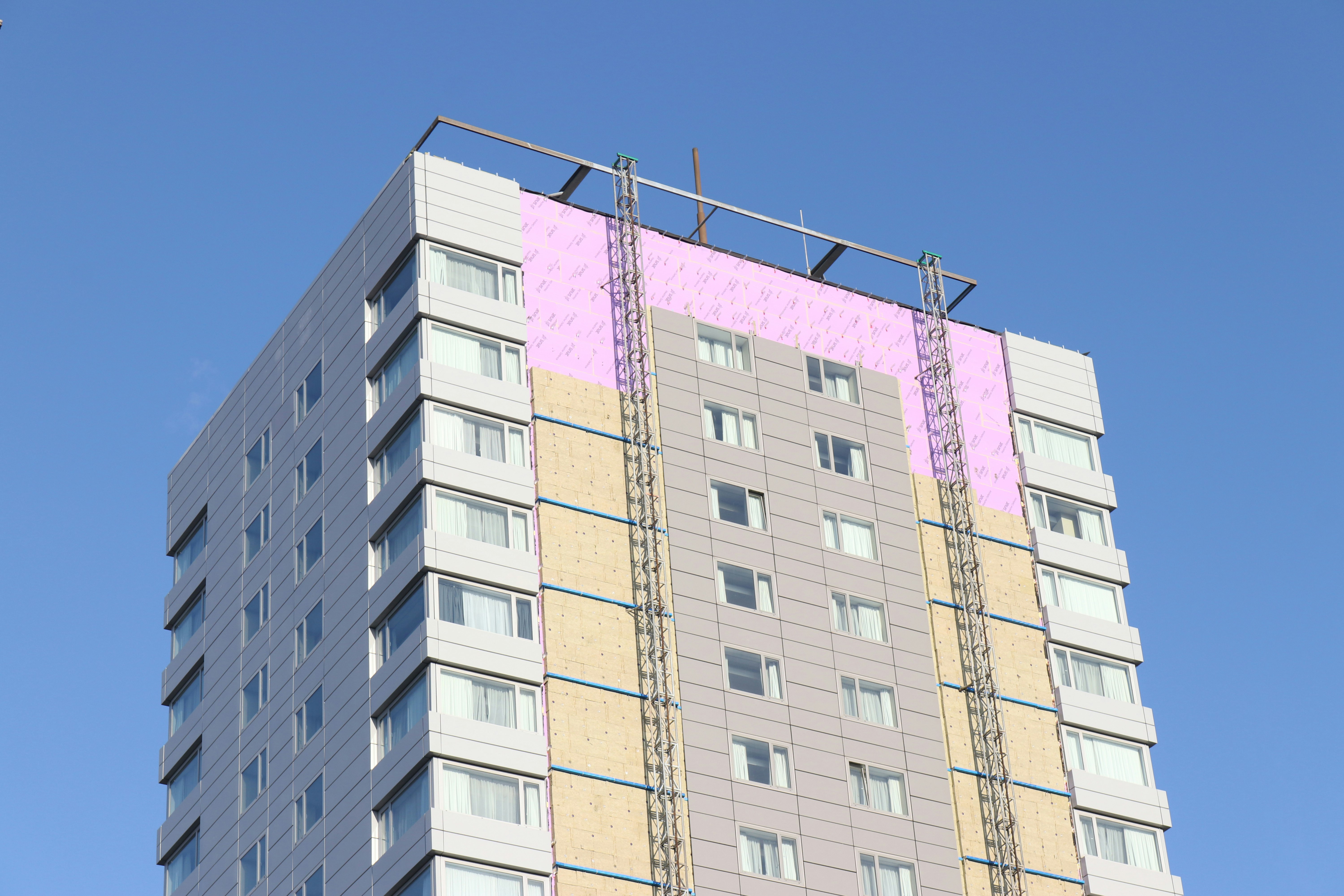Building on the success of the 2015 campaign, this year's goal is to reach 5 million workers, which is more than half of the U.S. Construction workforce. Falls were the leading cause of death for construction workers in 2014, with 337 of the 874 fatalities caused by such incidents, which are preventable. The Stand-Down is an excellent way for employers and employees to establish open communication about safety standards and to reinforce prevention measures. The 2016 program runs from May 2–May 6.
Stopping work to participate and focus on fall prevention and safety standards is voluntary, but there are a number of benefits. It creates an opportunity for open dialog with employees about safety topics, which can boost morale. It also conveys an important message that the employer is committed to employee safety and well-being. Also, employers who provide feedback about their Fall Prevention Safety Stand-Down will receive a Certificate of Participation signed by the Secretary of Labor.
View the videos on the OSHA website (scroll down and look on the right side of the page)
Plan & Promote Early
Right now you should be designating a Safety Stand-Down Coordinator or co-coordinator for large organizations. If you have multiple worksites, identify a team leader at each site to implement the stand-down. The coordinator plans, promotes, and implements all activities and assists site team leaders with the same. He or she may also work with your Public Affairs Officer to notify local media about your Stand-down. The coordinator might also manage the evaluation and follow-up reporting of the outcomes of your Stand-down programs.
Involve Personnel At All Levels
The Stand-down is a top-down and a grassroots-up program. All employees, from your CEO to the newest hires on job site crews, should be encouraged to take a role in the program and to participate in events.
Activities & Programs
From an assessment of current safety practices to training and education, there are a variety of programs that your coordinator and site team leaders can focus on during the Stand-Down. Decide if your activities will complete in a single day or take place over a number of days and locations.
Roundtable Assessment of Existing Safety Protocols
Bring together workers from all levels for a roundtable discussion of existing safety protocols. Allow participants to critique procedures and policies with special attention to what is working well and what is being overlooked in terms of education, training, and job site safety/prevention measures.
Toolbox Talks: Education and Training
Based on the outcome of your Roundtable Assessment, address the gaps in education and training by bringing in speakers, video programs, and planning for new literature (manuals) or signage for job sites. Try to make these programs interactive, incorporating worksite walk-arounds, mobile technology, and engaging presenters.
Topics that could be covered in a Roundtable or Toolbox Talk include:
- What types of falls could happen at your job sites? (e.g., from ladders, roofs, scaffold, stairs, through floors or fragile surfaces, etc.)
- What are the goals of your current program and are they being met? What can be improved?
- How often is training conducted? Are all employees being trained in a timely manner?
- What policies/documents need to be revised?
- What tools and safety equipment needs to be updated?
Borrow from Past Successful Programs
Don’t be afraid to be a copycat—or at least borrow from other successful programs.
- Conduct an online search in industry publications for event and program ideas that were successful for other companies (try a Google search for key-phrases such as “construction workers stand-down for safety").
- Invite students and faculty from college construction management programs to participate in programs (or even plan a program as a class project).
- Talk with members of your local construction associations about successful programming.
- When possible, combine efforts for a larger effect and greater potential for media coverage.
Learn more about assessment and related programming.
Find out about events that are being run in your area and around the country.
Other Resources












